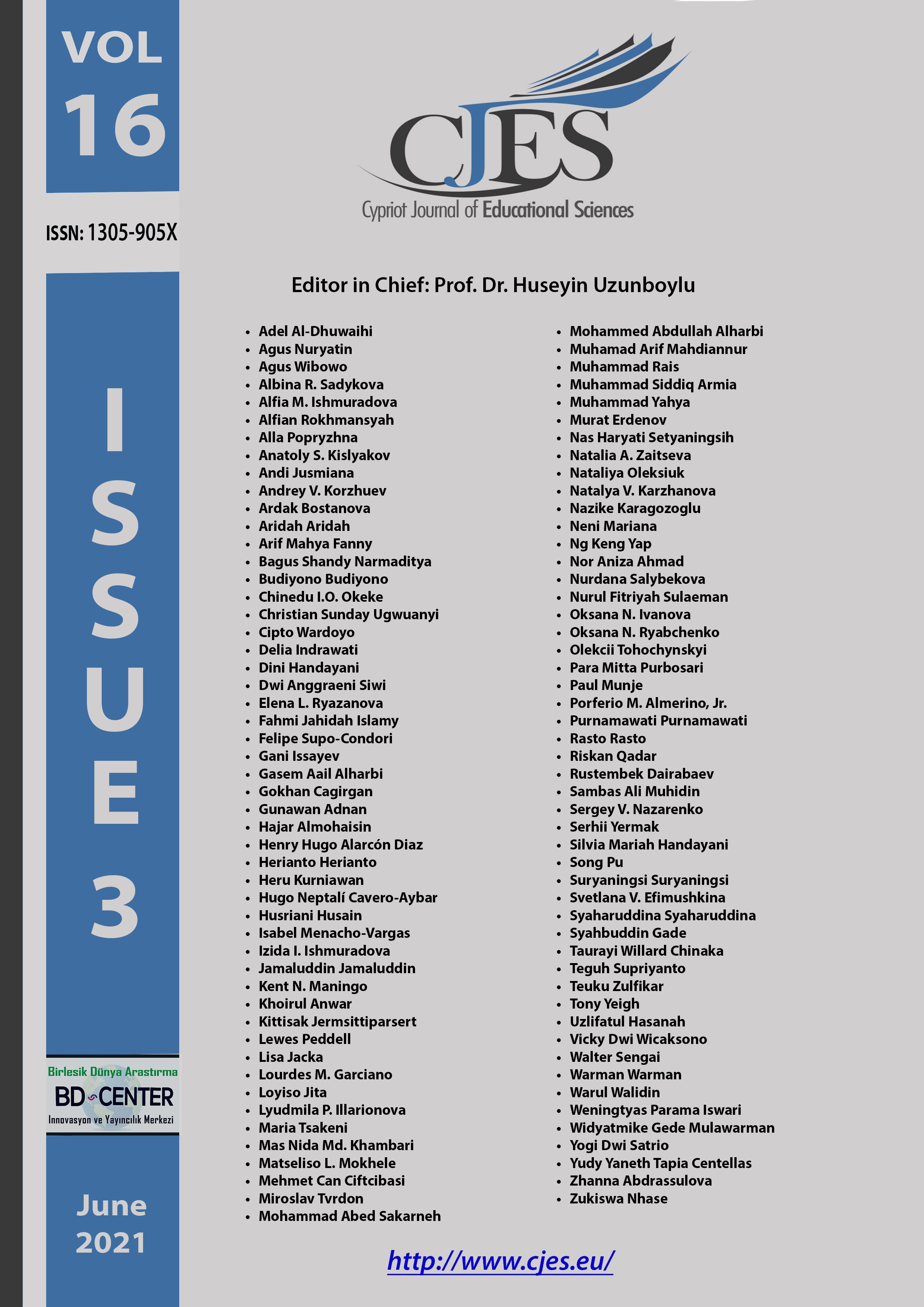Introducing the second law of thermodynamics using Legitimation Code Theory among first year chemistry students
Main Article Content
Abstract
This study investigated the introduction of the second law of thermodynamics using the Legitimation Code Theory (LCT) (semantic waves) among first year chemistry students. The aim of the study was to investigate the extent LTC (semantic waves) reduce the entropy concept’s complexity and abstractness when introducing the second law of thermodynamics. A purposive sampling technique was used to sample participants from the accessible population. A sample of two hundred (n = 200) first-year chemistry students was chosen at a public university in South Africa. The study adopted a mixed-method research design. Data were collected using an Introductory Second Law of Thermodynamics Questionnaire (ISLTQ) and semi-structured interviews. Creating semantic waves during the lectures left many students in the trough of the sinusoidal wave of abstractness and complexity. Ranking the concepts related to entropy showed that many students knew the hierarchical order of the concepts. However, the interviews revealed that students tended to link entropy to the spread of particles instead of energy. The findings of this study are diagnostic and they assist module designers in determining the level of abstraction and complexity students face when introducing the second law of thermodynamics.
Key words: Abstraction; complexity; Legitimation Code Theory; second law of thermodynamics; semantic waves.
Downloads
Article Details

This work is licensed under a Creative Commons Attribution 4.0 International License.
Cypriot Journal of Educational Sciences is an Open Access Journal. The copyright holder is the author/s. Licensee Birlesik Dunya Yenilik Arastirma ve Yayincilik Merkezi, North Nicosia, Cyprus. All articles can be downloaded free of charge. Articles published in the Journal are Open-Access articles distributed under a CC-BY license [Attribution 4.0 International (CC BY 4.0)].
Birlesik Dunya Yenilik Arastirma ve Yayincilik Merkezi (BD-Center)is a gold open-access publisher. At the point of publication, all articles from our portfolio of journals are immediately and permanently accessible online free of charge. BD-Center articles are published under the CC-BY license [Attribution 4.0 International (CC BY 4.0)], which permits unrestricted use, distribution, and reproduction in any medium, provided the original authors and the source are credited.

